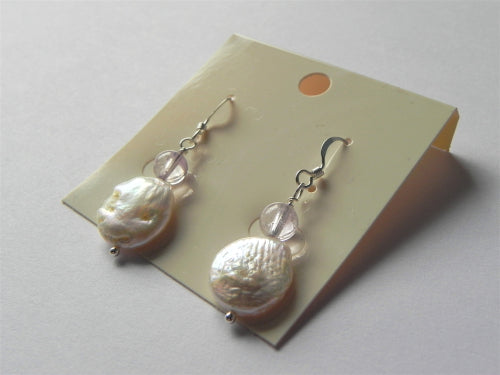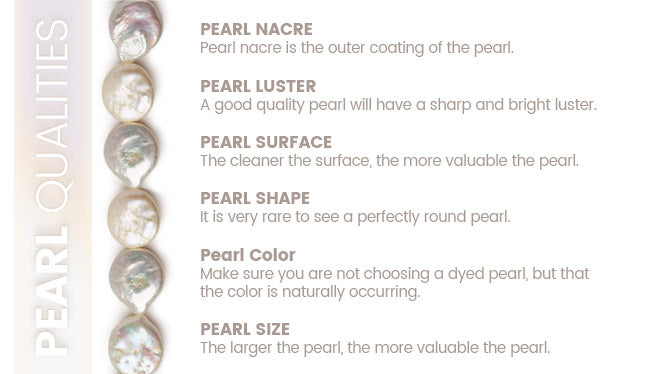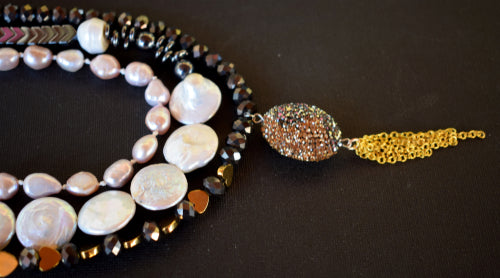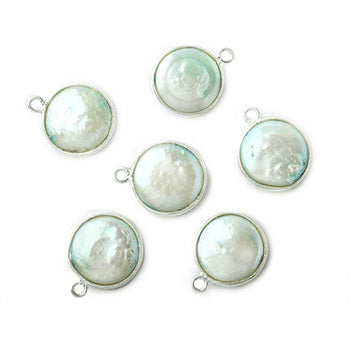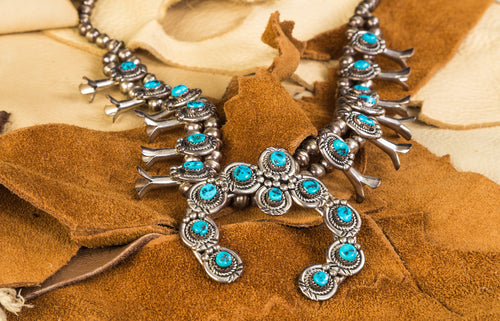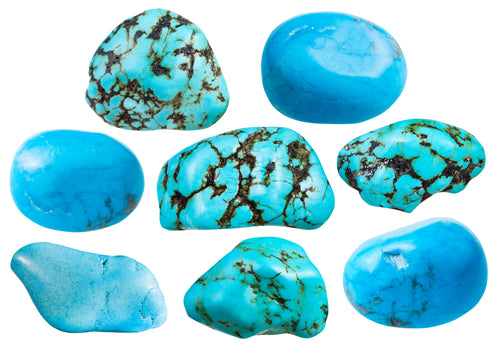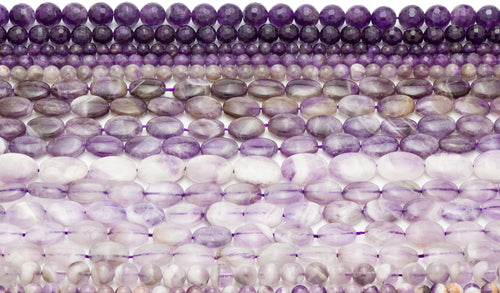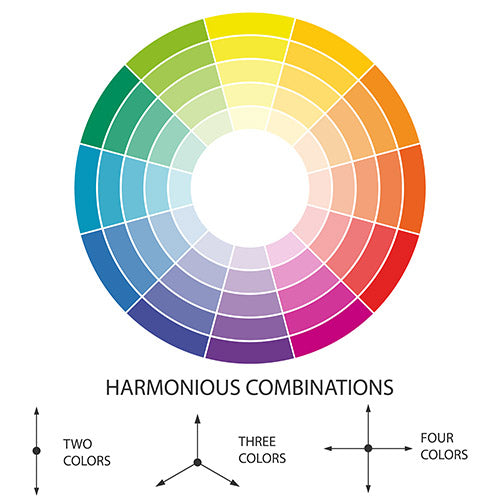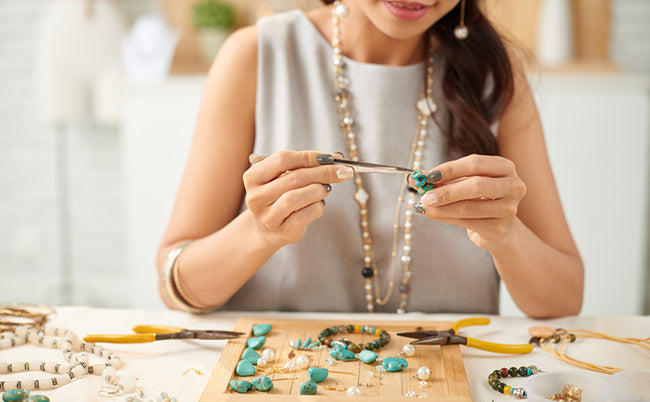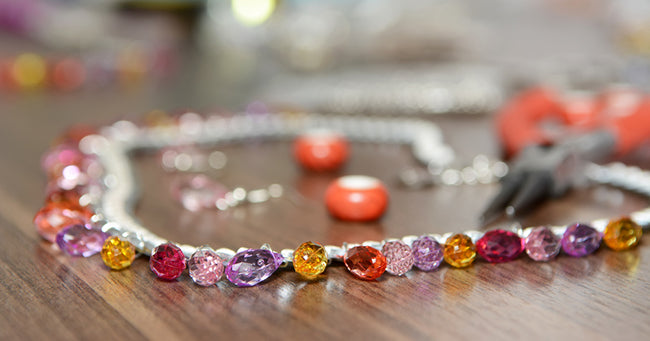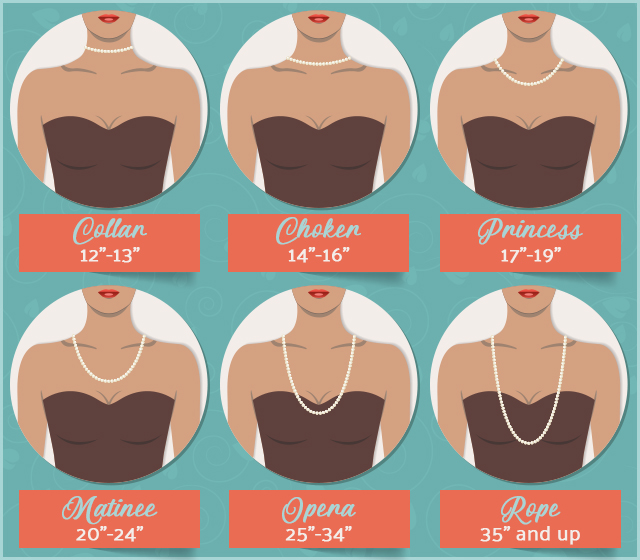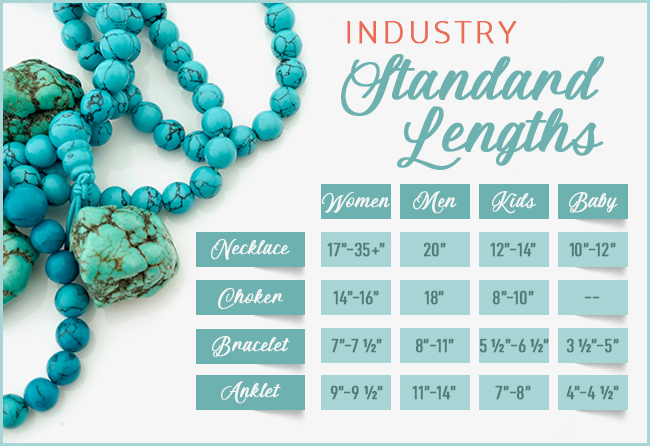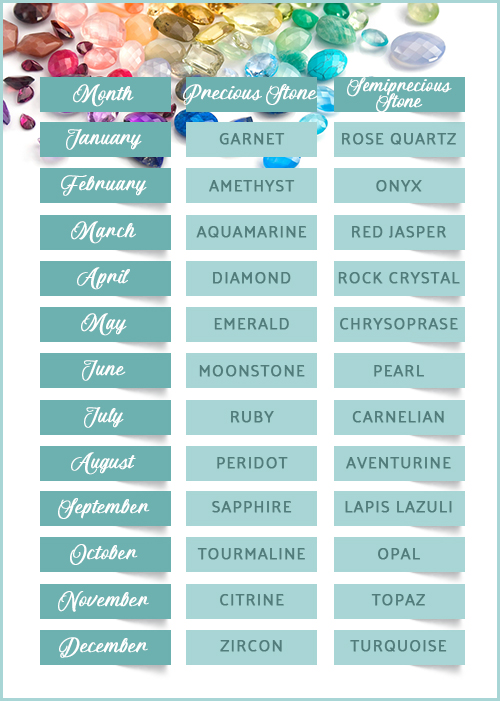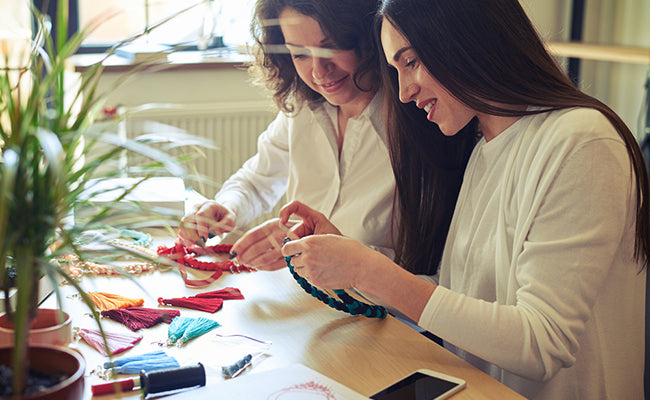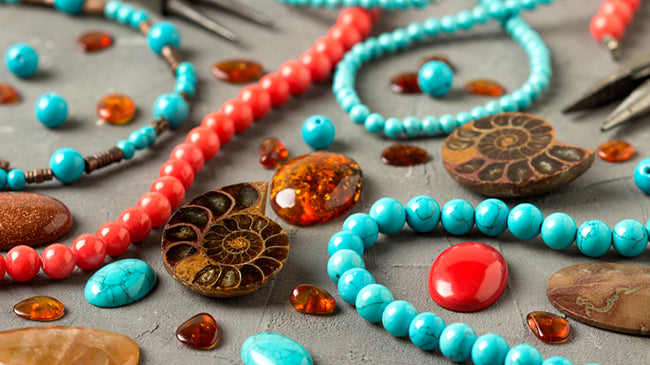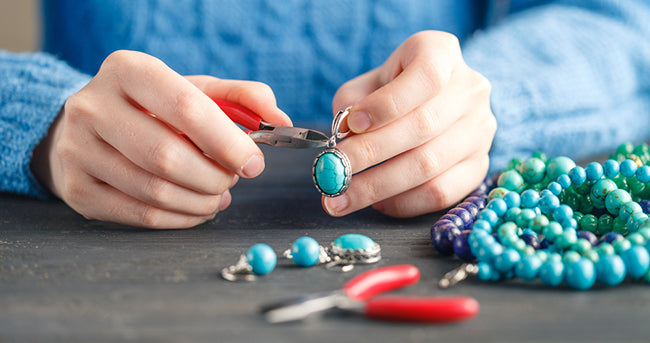The Benefits of Lava Stone Beads
Lava stone beads pack the double punch of looking beautiful and allegedly possessing healing properties. There are benefits to using lava stones and lava stone beads besides looking great. Here’s a guide to what lava stone beads can do for you.
What are lava stones?
Lava stones aren’t anything new. In fact, they’re the oldest stones in the world. Many cultures have used them in their cultural rituals for centuries.
Lava stones are formed when volcanoes erupt, much like obsidian stones. The lava shoots out of a volcano and runs down its side. Once this incredibly hot liquid rock dries, it becomes a lava stone. Because of these processes, lava stone is considered to be a stone of rebirth. Many experts think it is the fiery strength of the volcano that formed them that leads to lava stones holding so many healing properties.
Lava stones and the chakra
The chakra, a concept from Indian culture and mysticism, concerns the human body’s centers of spiritual power. There are, in most cases, considered to be seven different chakras, all responsible for disturbing the life energy of the body, which can be referred to as Qi or Praana.
Many users of lava stone believe it grounds and stabilizes the root chakra because of the stone’s strong connection with the earth. When the root chakra is stabilized, the body and mind will feel positive, safe and anchored to the earth.
Emotional effects of lava stones
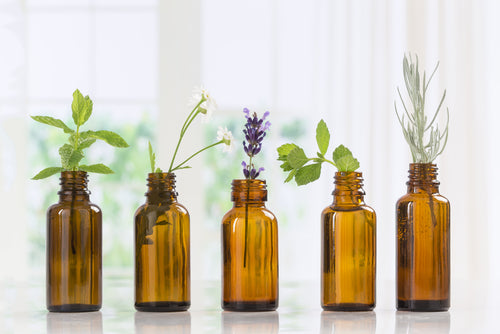
Believers in the energy of the atmosphere and healing properties of stones already know how valuable lava stones can be in calming the body. Because lava stones come from deep within the earth, it is believed they carry an energy similar to the place where they originated.
This energy is said to help people who are feeling anger and negativity, reducing those emotions and replacing them with strength and courage. Lava stones can also increase your general energy, protection and assertiveness as well.
Lava stones and anxiety
The effects lava stones have on the root chakra are similar to the grounding effects they can provide in general. These grounding effects can bring stability to the lava stone wearer’s life and can reduce their feelings of anxiety. It is thought this stability is due to the strong connection to the earth the lava stones possess.
If you’re more skeptical of lava stones’ healing properties, suspending your disbelief for a short period might help the stones work better: Sometimes, belief itself is a way to reduce anxiety.
Lava stones and essential oils
Lava stones are by nature quite porous, meaning they have lots of tiny holes inside them. The porous nature of the stones makes them perfect diffusers for whatever essential oil you prefer to use.
Essential oils are used to promote different emotions and reactions throughout the body. There are over 90 essential oils on the market, and different properties and benefits are associated with each one. It is estimated that 43 percent of people struggling from stress or anxiety use some form of alternative (non-medical) therapy to help them combat symptoms from these conditions, and essential oils are an easy, popular and versatile alternative therapy choice.
Lava stones can diffuse any essential oil, but experts recommend choosing one with complementary properties to the diffuser (in this case, the lava stone). Many lava stone wearers use lemon and lavender essential oils. These oils can help with stress, anxiety and low levels of energy.
Lemon is an uplifting essential oil that can provide energizing and positive healing properties. Lavender, on the other hand, is a more relaxing essential oil for its ability to relieve stress, provide relaxation and help with falling asleep. Some people who choose to imbue their lava stone jewelry with lavender will put the stones under their pillow for use as a sleep aid.
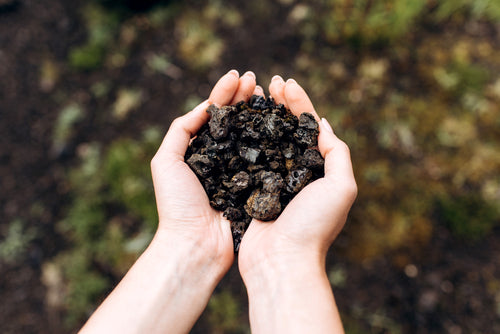
How to wear lava stones
Similar to most healing gemstones, lava stones are thought to work best when worn close to or directly touching the skin because there is no barrier or blockage needed with this particular stone, which allows energy to flow easily and clearly.
Many people choose to wear lava stones on bracelets around their wrists during the day, and some will keep their jewelry close to them at night as well to maximize the benefits of the stones. However, some will choose to store their lava stones in a room near them to keep a balance of energy and assist with the clearing of emotions.
Final thoughts
Lava stones are a type of igneous rock that is formed when molten lava solidifies. Lava stones have a porous surface that can easily absorb oils. When used with essential oils, lava stones can provide various benefits, including relief from stress and anxiety. Lava stones' grounding properties help anchor the wearer, providing a sense of stability and calm. Lava stones can also help relieve anxiety symptoms by promoting relaxation and reducing racing thoughts. If you’re struggling with stress or feeling anxious, pick up a lava stone and see whether they can be of assistance.
FAQ:
How to add essential oil to the lava stone?
Lava stone is a porous material that can absorb essential oils. This makes lava beads ideal for diffusing your favorite oils throughout the day. Add 1-2 drops of oil to each bead to use lava beads for aromatherapy. The best way to do this is to apply the oil to a q-tip or your finger and then rub it onto the lava bead. You can also roll an essential oil bottle over the beads. Allow the oils to soak into the lava beads for a minute before wearing them. With lava beads, you can enjoy the benefits of aromatherapy wherever you go!
What are the healing properties of lava stone?
Lava stone is a grounding stone that strengthens one's connection to Mother Earth. It gives us strength and courage, allowing us stability through times of change. It provides guidance and understanding when we need to "bounce back." A calming stone, it is instrumental in dissipating anger. Lava stone also has healing properties. It can help detoxify the body and be used as a natural insect repellent. It is often used in massages and aromatherapy, as it is believed to promote relaxation and stress relief. Lava stone is a versatile and beneficial stone that can be used in various ways.
What are the health benefits of wearing a lava stone bracelet?
A lava stone bracelet is one way to harness this energy. The bracelet is made with lava stones strung together on an adjustable cord. The lava stones can also be combined with other gemstones to create a unique jewelry piece that helps reduce negative emotions and promote strength and courage.
How to cleanse Lava stone quickly?
Lava stone is a popular material for countertops and other surfaces because of its durability and beauty. The easiest way to cleanse lava stone is with soap and water. Use a mild detergent and scrub the surface with a soft sponge or cloth. Rinse the area well afterward to remove any residue.
What is the lava stone meaning?
Lava stone is often used in crystal therapy due to its multiple lava stone meanings. This type of rock is said to form during volcanic eruptions when molten lava meets the ocean waters. People often use lava stones in jewelry or decor due to their attractive appearance. However, lava stone also has multiple spiritual lava stone meanings. It's said that this type of rock can help to alleviate anxiety and promote emotional tranquillity. Lava stone is also supposed to bring calmness and feelings of relaxation.
Shop the Bead Traders today for expert-curated, high-quality gemstone beads, crystal beads, opal beads, and more.






